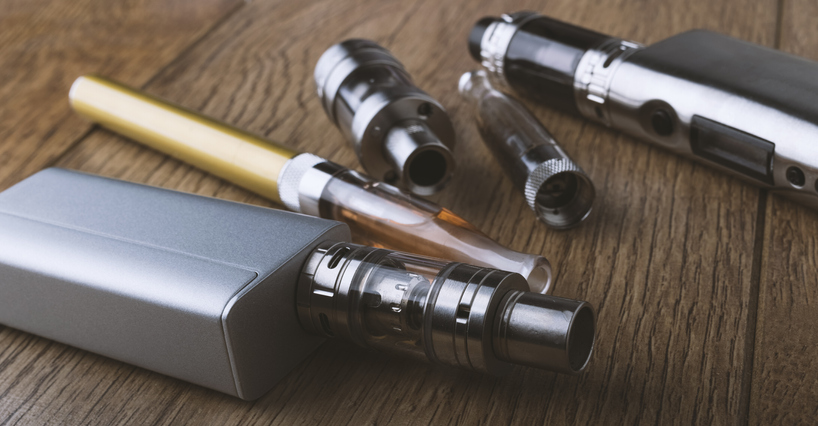Canyons School District is joining a mass-action federal lawsuit against Juul Labs, alleging the e-cigarette maker has downplayed the health risks of its products in marketing campaigns to minors, which has led to an increase in vaping on school campuses.
About 500 school districts across the country, including Tooele, Provo, Ogden, Jordan, Salt Lake, Washington, South Sanpete, and now Canyons, have become a part of the suit, according to Joel Wright with Kirton McConkie, the law firm representing Utah’s school districts. The suit has been filed in U.S. District Court of the Northern District of California where Juul is headquartered. The trial is scheduled to begin in March.
Since their introduction to the U.S. market in 2006, electronic cigarettes, or vaping devices, with their colorful designs and sweet flavors named after popular desserts, candy, and fruit, have grown increasingly popular, especially among teenagers and young adults. The Utah Department of Health estimates that nearly 25 percent of Utah students in eighth, 10th, and 12th grades have tried vaping.
In Canyons District in 2019, there were 219 school office referrals for e-cigarette use or possession. That’s up from about 35 referrals in 2010.
“With this lawsuit we hope to bring attention to the toll vaping is taking on the health of our school children,” said Canyons General Counsel Dan Harper, prior to the Canyons Board of Education’s decision on Sept. 7 to move forward with the lawsuit. “It’s also having an impact on schools, which have diverted staff resources for vaping cessation and education programming. These products have been marketed as safe alternatives to smoking. But they have reignited tobacco use among a population that had never smoked, and we feel it’s important to bring this issue to light.”
If successful, the districts that join the suit could receive money from Juul, valued at $10 billion, to pay for education initiatives, student-supervision personnel, cessation counselors, and vaping detectors, among other tools and programs for vaping-prevention efforts.
Vaping devices heat up a liquid to create an aerosol vapor, which the user inhales. Designed to resemble USB flash drives, keychains or lipstick tubes, they are easy to conceal and don’t emit the strong odor associated with conventional combustion cigarettes. It’s not uncommon for students to use the devices in school bathrooms, locker rooms, outside school campuses, or even in classrooms.
A recent study by the U.S. Centers for Disease Control study found that 99 percent of e-cigarettes sold in the United States contain nicotine, which can harm the adolescent brain, particularly the parts of the brain that control attention, learning, and mood and impulse control. They can also contain “other harmful substances” and put young people at risk for future addiction problems, the CDC says.





